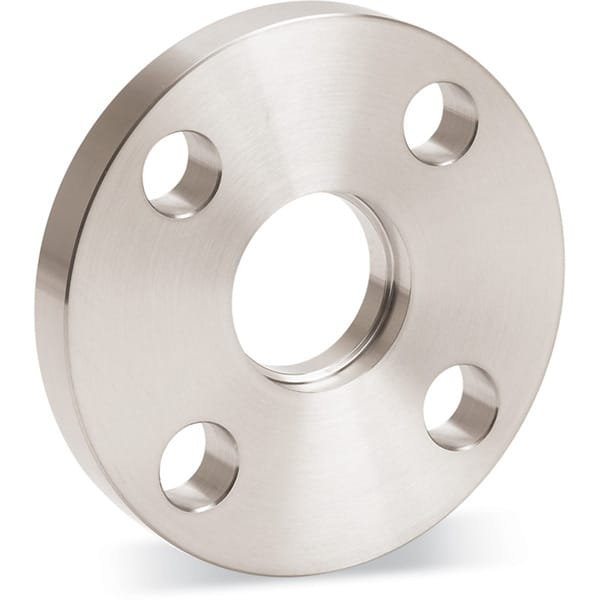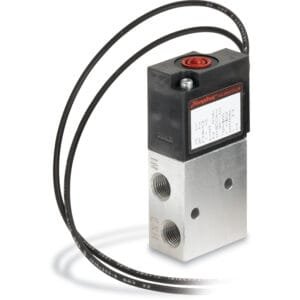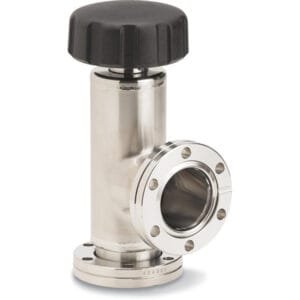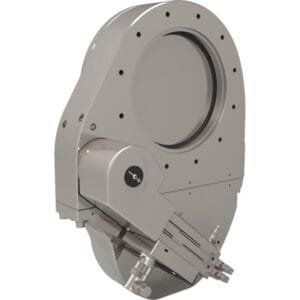ASA HV Flanges – Fixed Grooved: Reliable O-Ring Sealing for Permanently Aligned ASA Vacuum Connections
ASA HV Flanges – Fixed Grooved, manufactured by TFM, are essential sealing components designed for high-vacuum (HV) applications. Based on the ASA (American Standard Adapter) flange standard—originally derived from 150# steam-pipe flanges—these fittings feature a machined groove to seat an o-ring, forming a sexed vacuum seal when compressed against a flat flange.
Unlike their rotatable counterparts, fixed grooved flanges are permanently welded or brazed into position. This makes them ideal for applications where precise orientation, structural rigidity, or long-term stability is required.
Each flange is fabricated from 304L stainless steel, offering excellent weldability, corrosion resistance, and mechanical strength, suitable for both laboratory and industrial HV environments.
Key Features of ASA HV Flanges – Fixed Grooved:
Grooved Flange for O-Ring Sealing
Designed to interface with flat ASA flanges, forming a secure, leak-tight seal via elastomeric o-ring compression.Fixed Welded Configuration
Provides a rigid, non-rotating mount—ideal for permanent installations where bolt hole alignment is predetermined.304L Stainless Steel Construction
Offers resistance to corrosion, thermal cycling, and high-vacuum exposure, making it suitable for cleanroom, R&D, and process vacuum systems.Sized by Nominal Pipe I.D.
Available sizes: 1″, 1.5″, 2″, 3″, 4″, 6″, 8″, and 10″, referencing the nominal inner diameter of the connecting pipe.Large Bolt Circle
Like all ASA flanges, these include oversized bolt holes on a wide rim, ensuring robust mechanical fastening.Application Limits (based on o-ring material):
– Temperature Range: ~0 °C to 120–180 °C
– Pressure Range: From atmospheric pressure down to ~10⁻⁷ torr
Applications:
High-vacuum piping and pump line connections
Chamber flanges requiring permanent alignment
Process ports in semiconductor or aerospace vacuum tools
Diagnostic modules with fixed mechanical orientation
Industrial HV systems that demand structural sealing integrity
TFM also offers flat ASA flanges, rotatable grooved flanges, elastomeric o-rings (FKM, Buna-N), and bolt hardware sets, allowing customers to configure complete ASA-standard vacuum interfaces.
In conclusion, ASA HV Flanges – Fixed Grooved provide a durable, vacuum-tight, and structurally fixed sealing option for critical HV applications. Their precision groove design and solid stainless steel construction ensure long-lasting performance and system compatibility.





Reviews
There are no reviews yet.